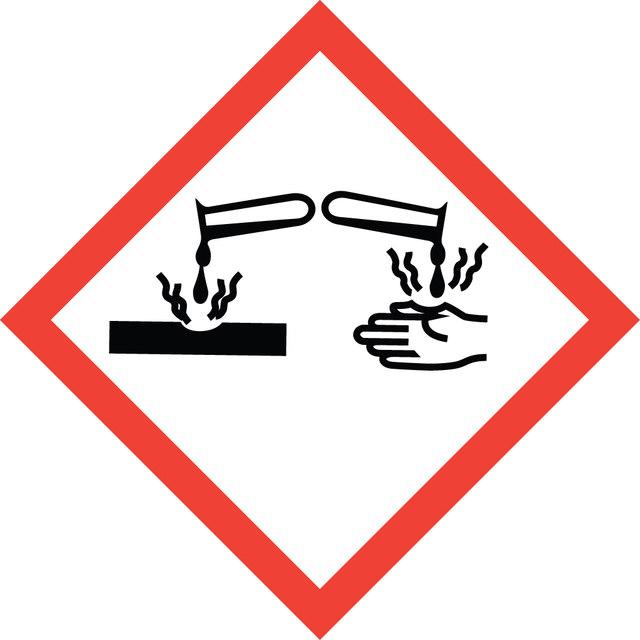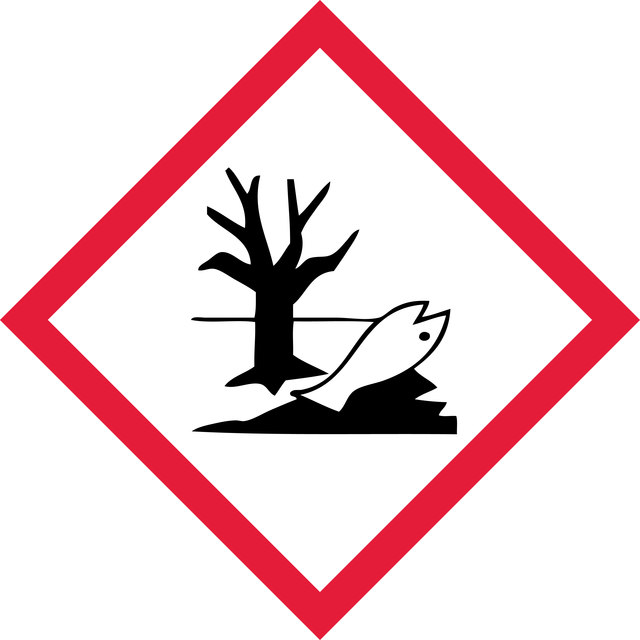Sign In to View Organizational & Contract Pricing
Select a Size
About This Item
UNSPSC Code:
51102829
NACRES:
NA.76
Quality Level
form
liquid
ready-to-use solution
concentration
(125-130 mg MIT HCl/mL in water)
Mode of action
protein synthesis | interferes
storage temp.
2-8°C
InChI
1S/C4H5NOS.ClH/c1-5-4(6)2-3-7-5;/h2-3H,1H3;1H
InChI key
SJXPQSRCFCPWQQ-UHFFFAOYSA-N
Related Categories
General description
Methylisothiazolinone, also known as 2-Methyl-4-isothiazolin-3-one, belongs to the group of isothiazolinones. 2-Methyl-4-isothiazolin-3-one is utilized in microbiology and cell biology applications to effectively prevent the growth of bacterial contaminants, ensuring the purity of cell lines.
Application
Methylisothiazolinone (MIT) has been used:
- in research on the effects of the N-methyl D-aspartate (NMDA) receptor antagonist kynurenic acid on human cortical development [1]
- as a cytotoxic substance to investigate its effect on bronchial epithelial cells (BEAS-2B cells) and role in apoptotic cell death(2)
- to research the effects of tyrosine phosphorylation on focal adhesion kinase (FAK) activity in the development of neural axons and dendrites(3)
Features and Benefits
- Ready available solution reduce the need for preparation time
Other Notes
For additional information on our range of Biochemicals, please complete this form.
Signal Word
Danger
Hazard Statements
Precautionary Statements
Hazard Classifications
Acute Tox. 4 Oral - Aquatic Chronic 2 - Eye Dam. 1 - Skin Corr. 1A - Skin Sens. 1
Supplementary Hazards
Storage Class Code
8B - Non-combustible corrosive hazardous materials
WGK
WGK 3
Flash Point(F)
Not applicable
Flash Point(C)
Not applicable
Choose from one of the most recent versions:
Already Own This Product?
Find documentation for the products that you have recently purchased in the Document Library.
Shen Du et al.
The Journal of neuroscience : the official journal of the Society for Neuroscience, 22(17), 7408-7416 (2002-08-28)
Neurodegenerative disorders in humans may be triggered or exacerbated by exposure to occupational or environmental agents. Here, we show that a brief exposure to methylisothiazolinone, a widely used industrial and household biocide, is highly toxic to cultured neurons but not
Zhengxi Wei et al.
Toxicology letters, 338, 67-77 (2020-12-09)
Chemical-peptide conjugation is the molecular initiating event in skin sensitization. The OECD test guideline uses a high-performance liquid chromatography/ultraviolet (HPLC/UV) detection method to quantify chemical-peptide conjugation in a direct peptide reactivity assay (DPRA), which measures the depletion of two synthetic
Eun-Jung Park et al.
Toxicology in vitro : an international journal published in association with BIBRA, 62, 104661-104661 (2019-10-21)
Methylisothiazolinone (MIT) has been used in wide spectrum of fields due to its ability to inhibit microbial proliferation with low toxicity. Meanwhile, in Korea, the concern about the hazardous effects of MIT was amplified by the occurrence of patients that
M D Lundov et al.
The British journal of dermatology, 165(6), 1178-1182 (2011-07-23)
In the early 2000s the preservative methylisothiazolinone (MI) was released as an individual preservative for industrial products and, in 2005, it was permitted for use in cosmetic products. Up until then MI had been used only in combination with methylchloroisothiazolinone
Erol Capkin et al.
Chemosphere, 182, 720-729 (2017-05-23)
Triclosan (TRC), chloroxylenol (PCMX) and methylisothiazolinone (MIT) have been commonly used as an antimicrobial in soaps while borax (BRX) is used in household cleaning. After using these chemicals, they are washed down drains and getting into the aquatic ecosystem in
Our team of scientists has experience in all areas of research including Life Science, Material Science, Chemical Synthesis, Chromatography, Analytical and many others.
Contact Technical Service

